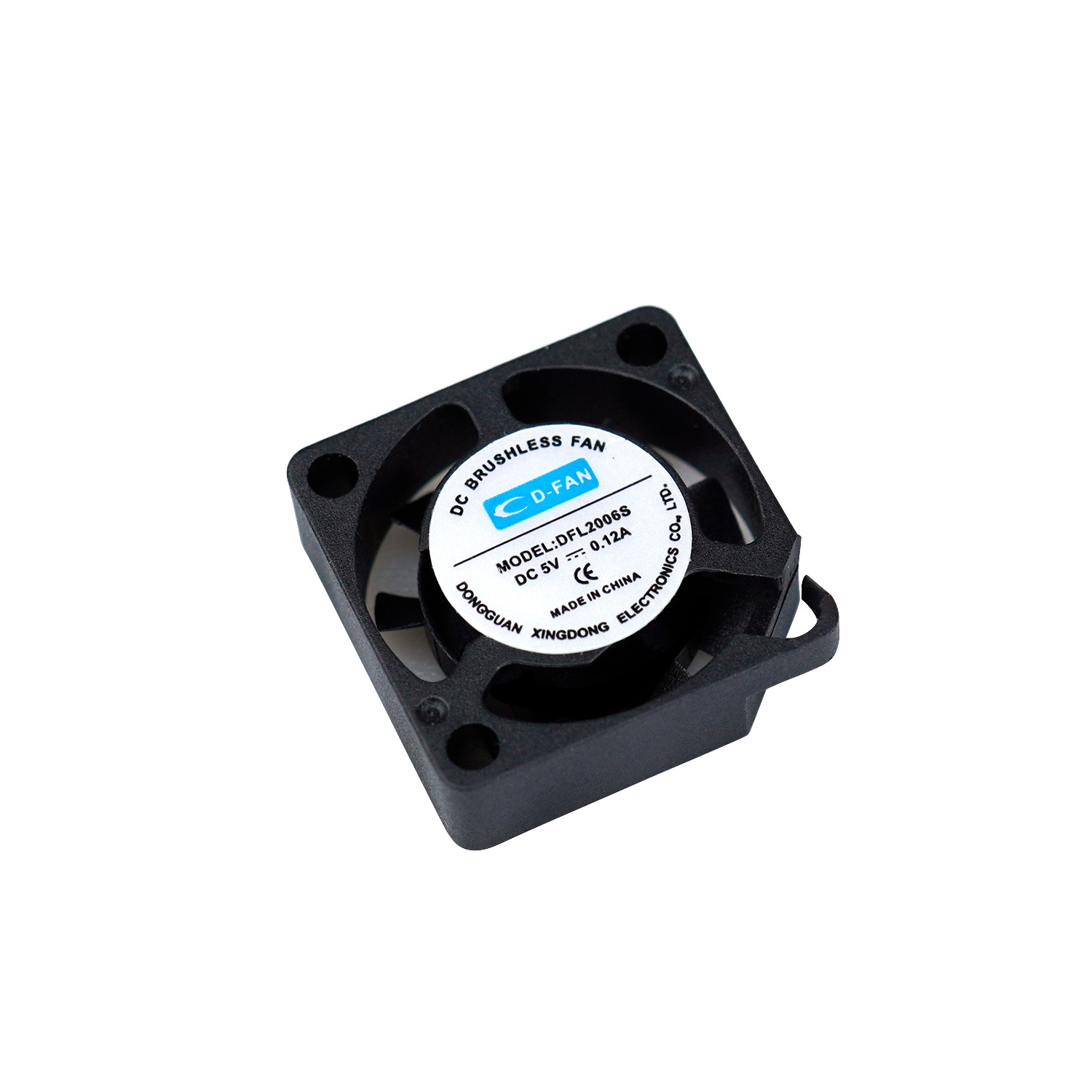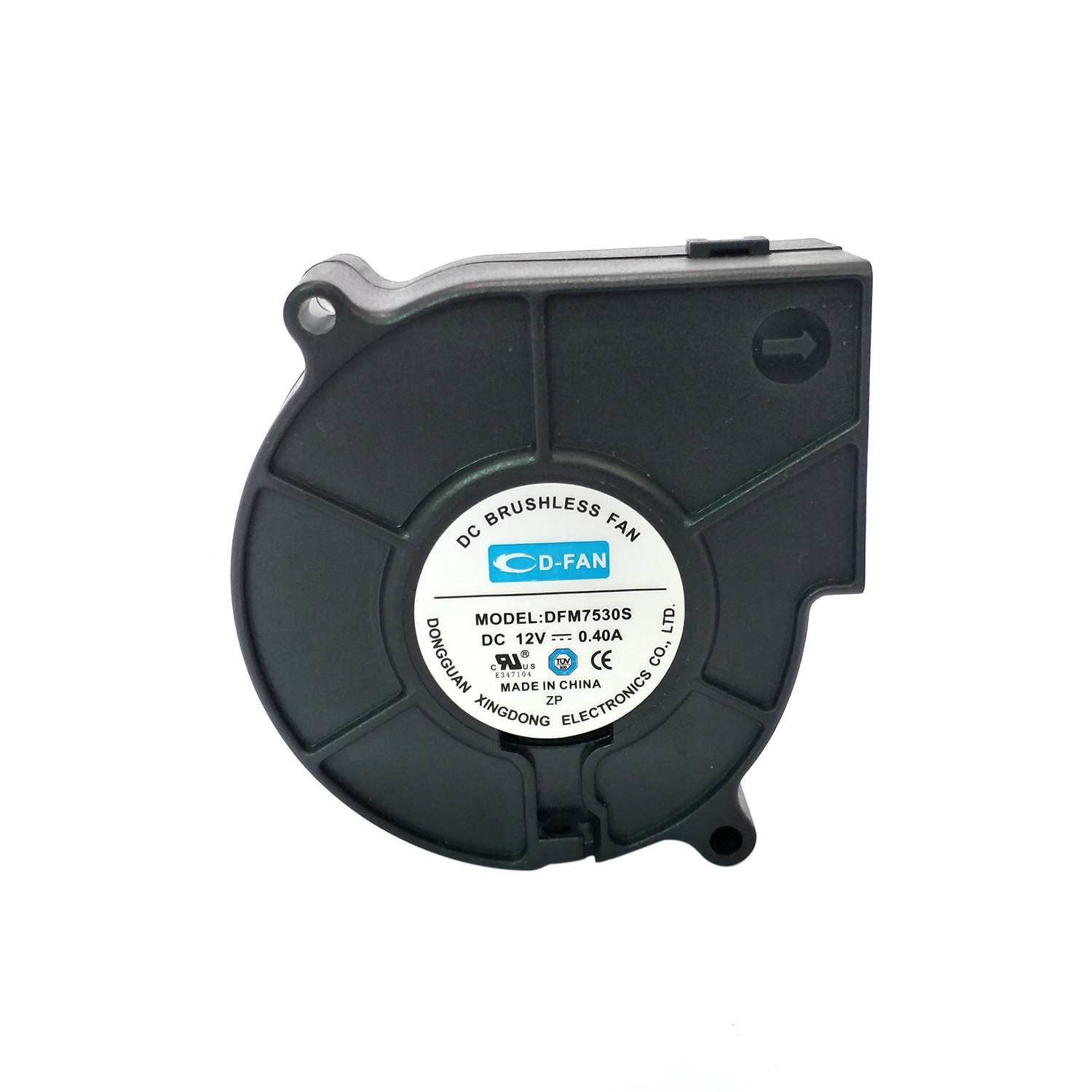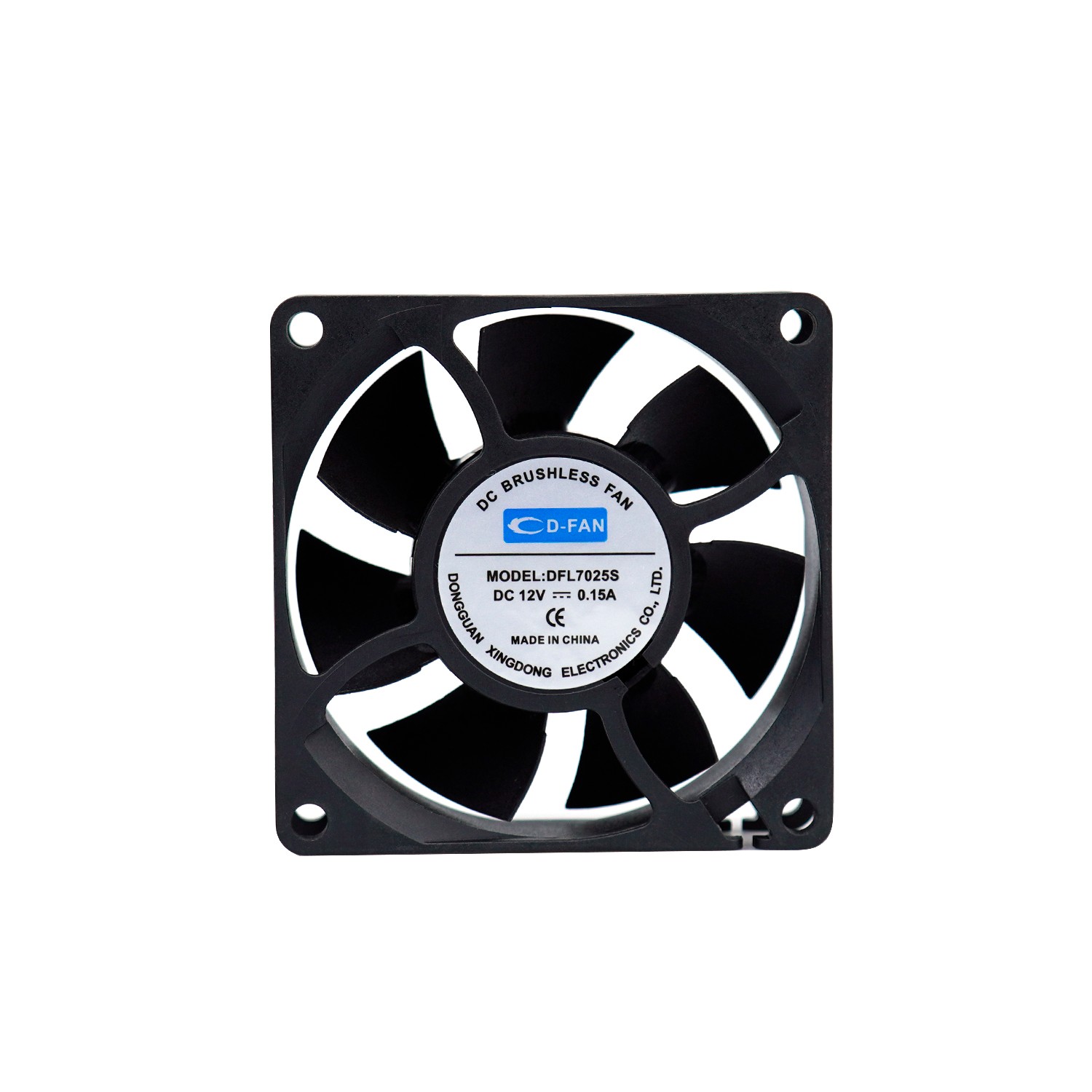To cope with excess heat in a system, a fan is the preferred thermal management solution that not only removes unwanted heat, but also provides cool air to all critical components. In addition to controlling the power of the system, adding heat sinks or using ducts or cold plates, it is often necessary to generate forced airflow to further cool the components.
In this case, engineers have to choose between an axial fan design or a centrifugal fan design. While the decision is not overly complicated, the focus of this article is to outline the basic principles of operation of each type, discuss their common applications and uses, and summarise their advantages and disadvantages.

Basic Principles and Applications of Axial Fans
Axial fans, sometimes called propeller fans, have inclined blades mounted on a rotating shaft (or shaft rod) driven by a motor. mini axial fan 5v operate by drawing air in at one end and forcing it out at the other end in a direction parallel to the shaft. These fans, also known as ducted fans or impeller fans, are in fact specialised axial fans mounted in ducts.
Axial fans are available in almost every size, from board level to room size. Even though the sizes vary, they usually don’t require much power to operate. These fans are available in both AC and DC versions. AC fans use line current and are usually rated above 100 V, while DC fans have much lower voltages, falling between 3 and 48 VDC, and are usually powered by batteries or a power supply.
Axial fans produce high airflow but low pressure. Because the airflow is evenly dispersed over a defined area, this large, low-pressure output is ideal for providing cooling in equipment and spaces of all sizes. Axial fans are commonly used for cooling computer or data centre equipment, as well as HVAC, air conditioning condensers or heat exchange units, and local cooling in industrial systems, and as exhaust fans.
Basic Principles and Applications of Centrifugal Fans
A centrifugal fan, also known as a radial fan or centrifugal blower, is a motor-driven wheel that draws air into the housing and then discharges it at a 90-degree angle (vertically) from the outlet to the inlet.
Centrifugal fans are high pressure, low volume output devices that essentially pressurise the air inside the fan casing to create a steady stream of high pressure air, but with a more limited air volume than axial fans. Since these fans exhaust air out of the outlet, they are ideally suited to directing the airflow to a specific area to cool a specific part of a system such as a power FET, DSP, or FPGA that generates more heat. Centrifugal fans, like axial fans, are available in AC and DC versions and come in a variety of sizes, speeds, and footprints, but typically consume more power. Their enclosed design provides extra protection for many moving parts, making them a reliable, durable and damage-resistant choice.
Both centrifugal and axial fans produce noise and electromagnetic noise, but centrifugal designs are louder than axial models. Since both fan designs use motors, EMI effects may affect system performance in sensitive applications.
Centrifugal fans provide a high pressure, low volume output and are therefore ideal for providing airflow in concentrated areas such as pipework or ductwork, or for ventilation and exhaust purposes. This makes them ideal for use in air conditioning or drying systems, and with the additional durability mentioned earlier, they are also suitable for use in harsh environments with particulates, hot air and multiple gases. For electronic applications, centrifugal fans are often used in laptop computers due to their small form factor and more pronounced directionality (airflow exits the inlet at 90 degrees).
EMI and Noise Considerations for Fans
Electromagnetic interference (EMI) from fans is an important factor to consider early in the design process. All fans produce radiated EMI from the fan itself, or conducted EMI from the power leads, and may also be disturbed by uncontrolled magnetic fields (UMF) generated by the motor magnets and stator windings. Although limited to specific applications, careful consideration of these disturbances early in the design process can save time and money later. In general, DC fans produce less EMI than AC fans.
Another application-specific design consideration is the noise generated by the fan. Noise varies depending on the application, component density, placement in the system, size of the fan, amount of air driven, and type of bearings used. The bearings in the fan not only affect the sound effect, but also the product life and other potential applications. Noise reduction methods usually include improving fan placement, providing mechanical isolation, or using inlet grilles or outlet diffusers. As a rule of thumb, the greater the airflow (CFM), the louder the noise. However, if a larger fan and a smaller fan have similar CFM ratings, the larger fan will usually make the overall solution quieter. As mentioned earlier, axial fan designs are generally quieter than centrifugal options.
Final Comparison
To help us conclude, the table below provides a quick comparison of the various pros, cons and features of axial and centrifugal fans. The key to determining the best option will depend on the intended application, available space and overall cooling requirements of the final system.
<
p style=”margin: 0 auto 10px;text-align: center;border-bottom: 1px solid #dedede;padding-bottom: 10px;font-size: 20px;”>Related Products






